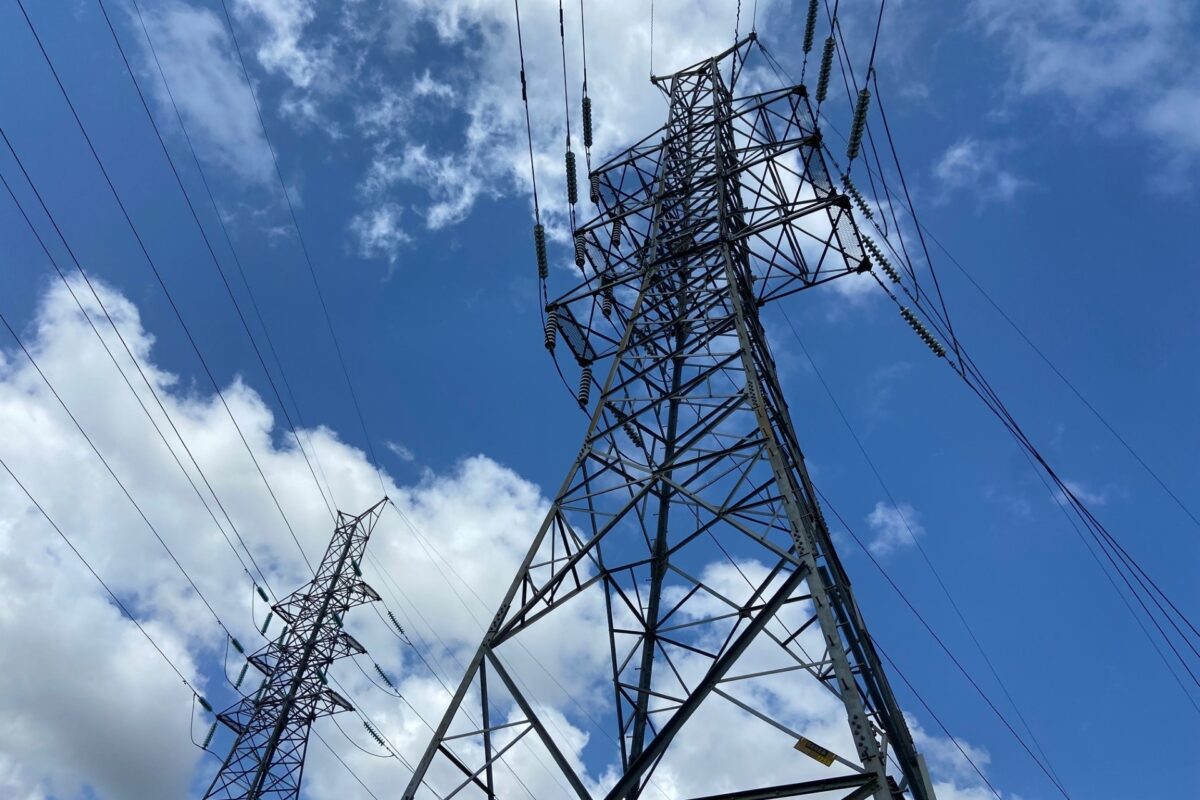Yet, while commitment to clean energy and decarbonisation remained strong at COP28 with Australia and 200 other countries agreeing to triple renewable energy capacity and begin reducing the world’s consumption of fossil fuels, the status of Australia’s renewable transition remains in a holding pattern.
If transmission projects and the backlog of renewables waiting to connect to them continue at the rate of deployment without implementing alternative solutions, not only will energy supply and grid reliability suffer, but achieving 82% renewable energy in the next six years will become almost impossible.
We need to dismantle the barriers preventing the realisation of 2030 and 2050 targets, with quick action required to resolve Australia’s climate crisis.
Solely focusing on major new infrastructure build-out
While new transmission lines and leveraging the potential of distributed and consumer energy resources are critical components of Australia’s energy transition, industry experts and policymakers must implement a diversified approach that leaves no potential solution off the table.
As the necessary renewable generation required to achieve transition targets continues to fall further behind schedule, only four Australian renewable projects were approved in the last quarter, network infrastructure availability and accessibility has become the greatest constraint to the clean energy transition.
A combination of solutions is required to surpass these barriers and establish a clear path forward, with the government-backed Capacity Investment Scheme representing an excellent step forward. However, the CIS will only achieve its goals by identifying and enabling diversified network connection opportunities.
The capabilities of the existing grid are one major avenue yet to be fully leveraged, presenting enormous potential for the accelerated connection of renewable energy by removing our single point of reliance on delayed transmission projects.
Advanced new technologies such as digital modelling and AI are uncovering significant latent capacity within the power lines we already have.
This means there is potential to begin safely connecting to more renewable energy, sooner. By harnessing these technologies and the power of our existing infrastructure through minimal manpower and investment, we can fast-track the clean energy transition without reinventing the grid.
Utilising the grid to its full potential is paramount to reaching clean energy goals
A new approach is required to maintain reliability and affordability, including investment in the existing grid to improve the pace of renewable energy connections.
If we’re going to keep 2030 targets within reach, building a modern and digital grid will play a vital role in safeguarding electricity security during the renewable transition.
Money is flowing steadily into renewable projects and transmission lines, but to meet targets and maintain energy reliability for consumers, grid investment and upgrades must gain pace.
As it stands, the grid is one of the most overlooked yet accessible solutions to the renewable energy challenge. With the right investment, latent capacity hiding in plain sight can be sourced and safely accessed.
Traditional line rating methods evaluating capacity are still largely manual, with engineering teams being sent into the field to record, compile, and analyse data from each stretch of the network. This process is both time and labour intensive, costly to undertake, and cannot provide the level of detail or visibility needed to accurately assess true network capacity. These processes and the overall lack of evolution have caused utilities to act with caution to avoid overloading the network with dangerous levels of current. This has contributed to networks not fully maximising the benefits of clean energy generation.
Digitisation of the grid is now critical to leveraging existing infrastructure to its full capacity. Digital modelling, AI and machine learning technologies including LiDAR, geospatial and cloud point data are all tools helping utilities shift beyond manual processes to generate clearer, more accurate network visibility at speed.
Digital line rating work has already surfaced significant potential capacity increases with Essential Energy, which operates one of the largest networks in Australia. In Texas, a study with EMPACT Engineering found that 94.5% of the region’s power lines could safely hold double the existing capacity.
Leveraging technology to supplement existing transition strategies is paramount to navigating barriers preventing the clean energy transition from remaining on track.
A diversified approach will keep Australia moving forward on the path to net zero, we just have to recognise its potential and support government stewardship to enable it.
Author: Jack Curtis, Neara Co-Founder
The views and opinions expressed in this article are the author’s own, and do not necessarily reflect those held by pv magazine.
This content is protected by copyright and may not be reused. If you want to cooperate with us and would like to reuse some of our content, please contact: editors@pv-magazine.com.








So, do you have a link to the study that demonstrates that 94.5% of the regional powerlines in Texas could safely hole double the existing capacity?